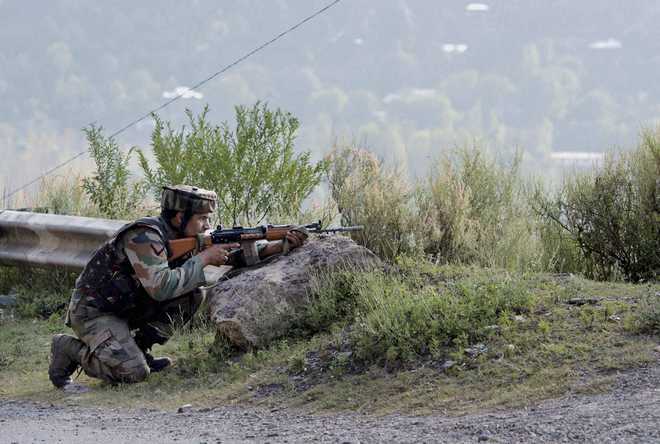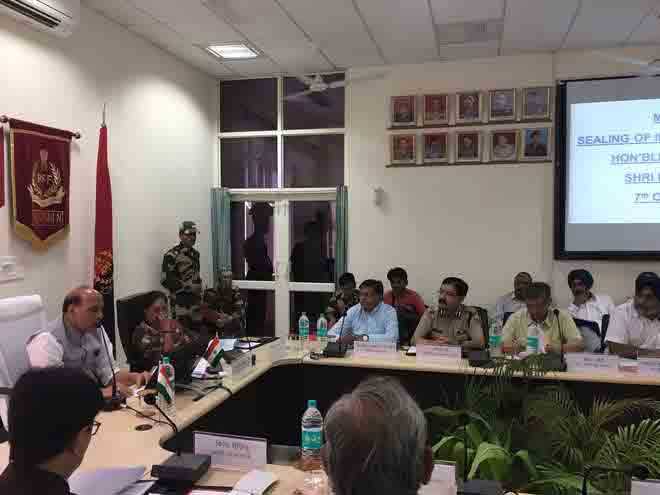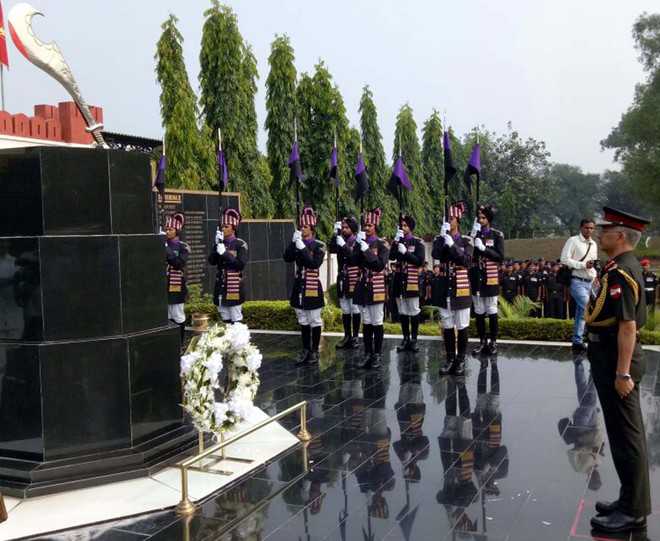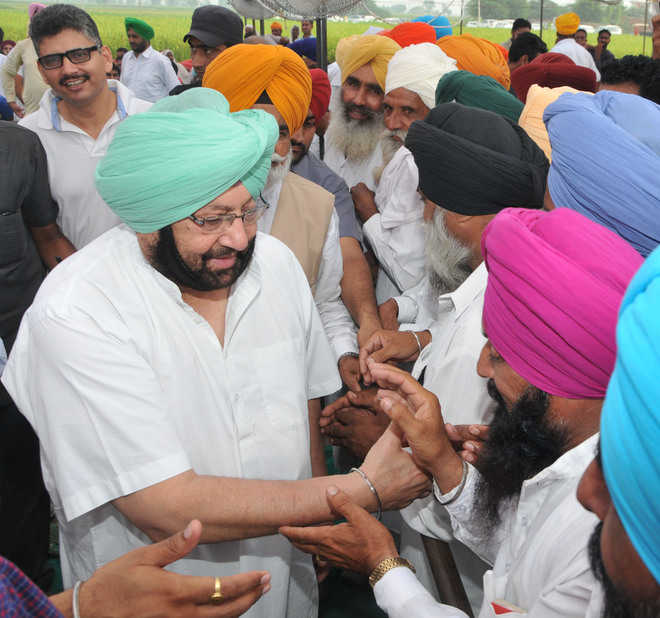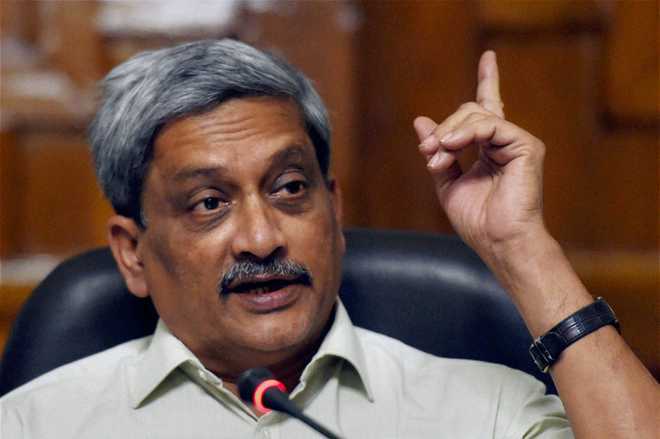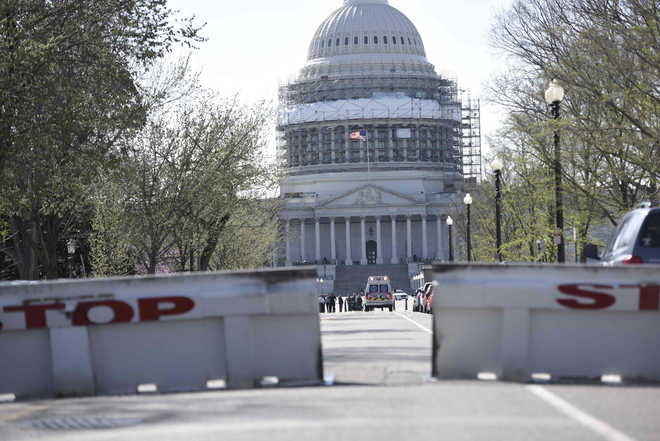A soldier takes position near an Army Brigade camp during a terror attack in Uri, Jammu and Kashmir. PTI file photo
Baramulla/New Delhi, October 9
Pakistan-based terror outfit Lashkar-e-Toiba (LeT) suffered the maximum damage in the cross-LoC surgical strikes on terror launch pads carried out by the Indian Army, with assessment reports of radio intercepts indicating that around 20 of its militants were killed.
The assessment reports available from Indian Army field units, which included radio conversations between various Pakistani formations, showed maximum damage was inflicted on the LeT, a banned terror group, at Dudniyal launch pad in Pakistan-occupied-Kashmir, opposite to Kupwara sector of North Kashmir, according to sources in the know of details of the recent surgical strikes.
The sources said on Sunday that five teams culled out from the Army division in the area were tasked to destroy launch pads of terror groups located at Kail, also known as Kel and Dudniyal.
(Follow The Tribune on Facebook; and Twitter @thetribunechd)
In a well calibrated operation, which started on the intervening night of September 28 and 29, the Indian Army moved across the LoC and smashed four launch pads that were under the guard of a Pakistani post located 700 metres from the LoC.
The sources said that the terrorists were not expecting an action by the Indian Army and therefore were taken by surprise.
The terrorists, mainly belonging to the LeT, were seen running towards the Pakistani post when they were killed by the Indian troops, according to the assessment reports.
After the successful strike inside the PoK, an effective radio monitoring and strict vigil was maintained, the sources said, adding the wireless messages from radio intercepts of the Pakistani Army indicated that at least 10 LeT terrorists had been killed during the multiple and near-synchronised surgical strikes on four launch pads.
There was heavy movement of Pakistani Army vehicles till the break of dawn and all the bodies were cleared off and taken away, the sources said, adding as per the radio intercepts there was a mass burial in the Neelum Valley.
Similar blow was dealt to the terrorist launch pads located at Balnoi area opposite of Poonch in which nine terrorists belonging to the LeT were killed as per the radio intercepts of the Pakistani Army, the sources said.
Two Pakistani soldiers belonging to 8 Northern Light Infantry were also killed in the strike in this sector, they said.
However, the sources said that post 8.30 am of September 28, radio and wireless intercepts between various formations of Pakistan have fallen silent.
According to the sources, there were intelligence reports that terrorists were planning to enter into India from various directions in Kashmir as well as Jammu region.
The sources said that the Army waited for the opportunity when the terrorists were in the process of gathering at one place before giving them a bloody nose.
Pakistan has contested the claims of the Indian Army and said that there was no surgical strike carried out. They only admitted that two of their soldiers were killed in cross-border firing.
However, after the operation was over, the sources said, duty officer at the Director-General of Military Operation in Pakistan was informed about the strikes carried out by the Indian Army in PoK.— PTI






















































